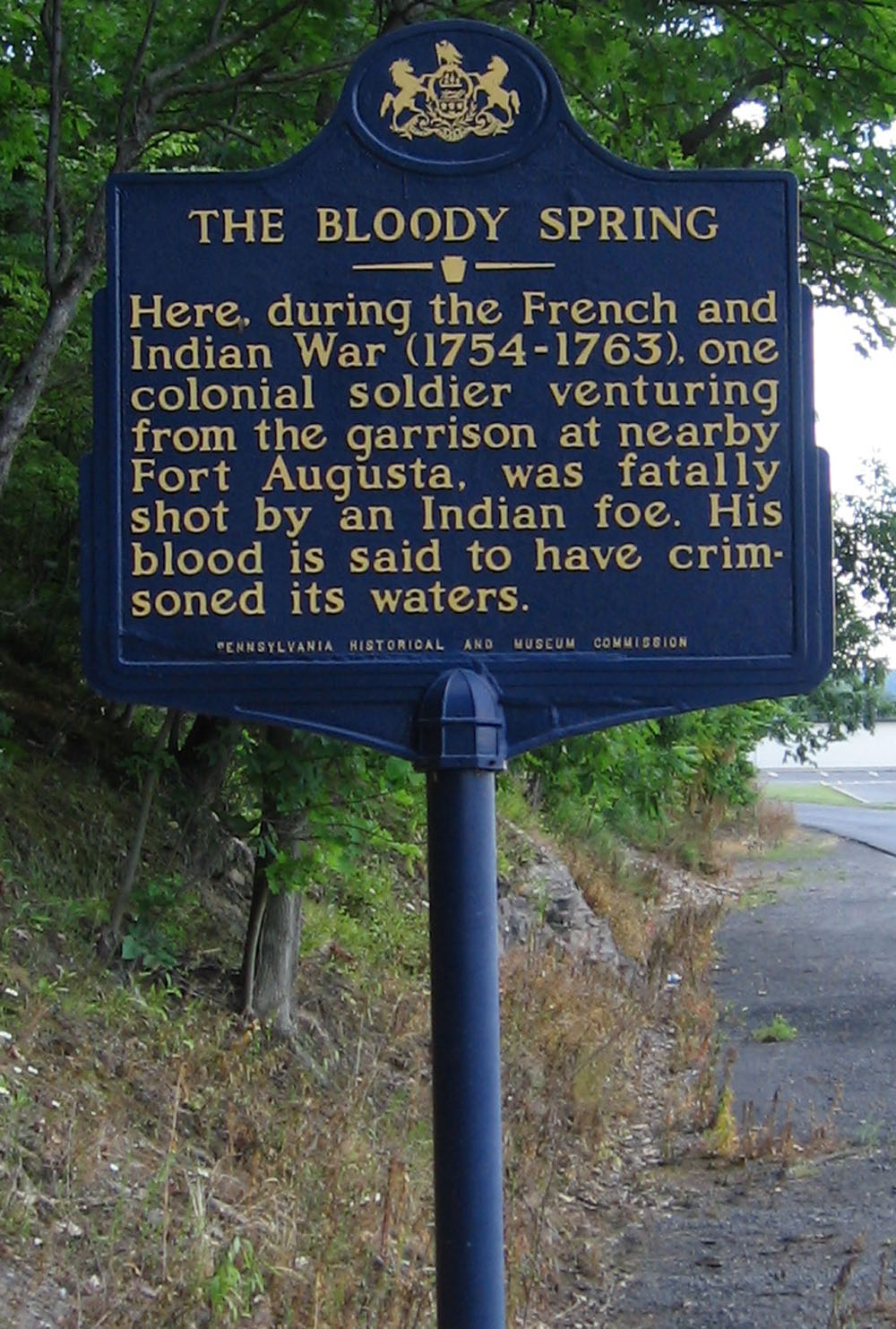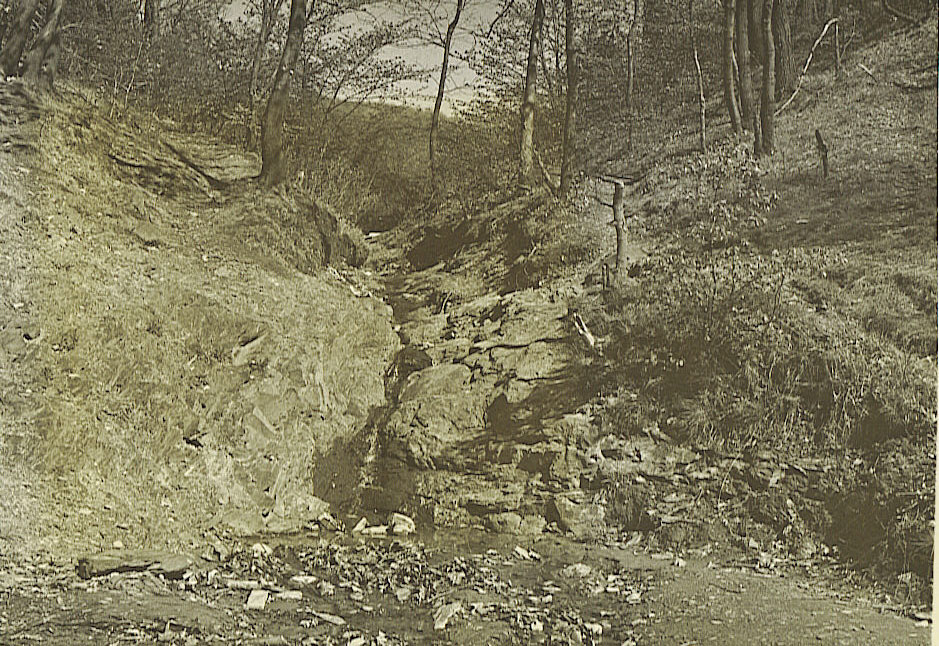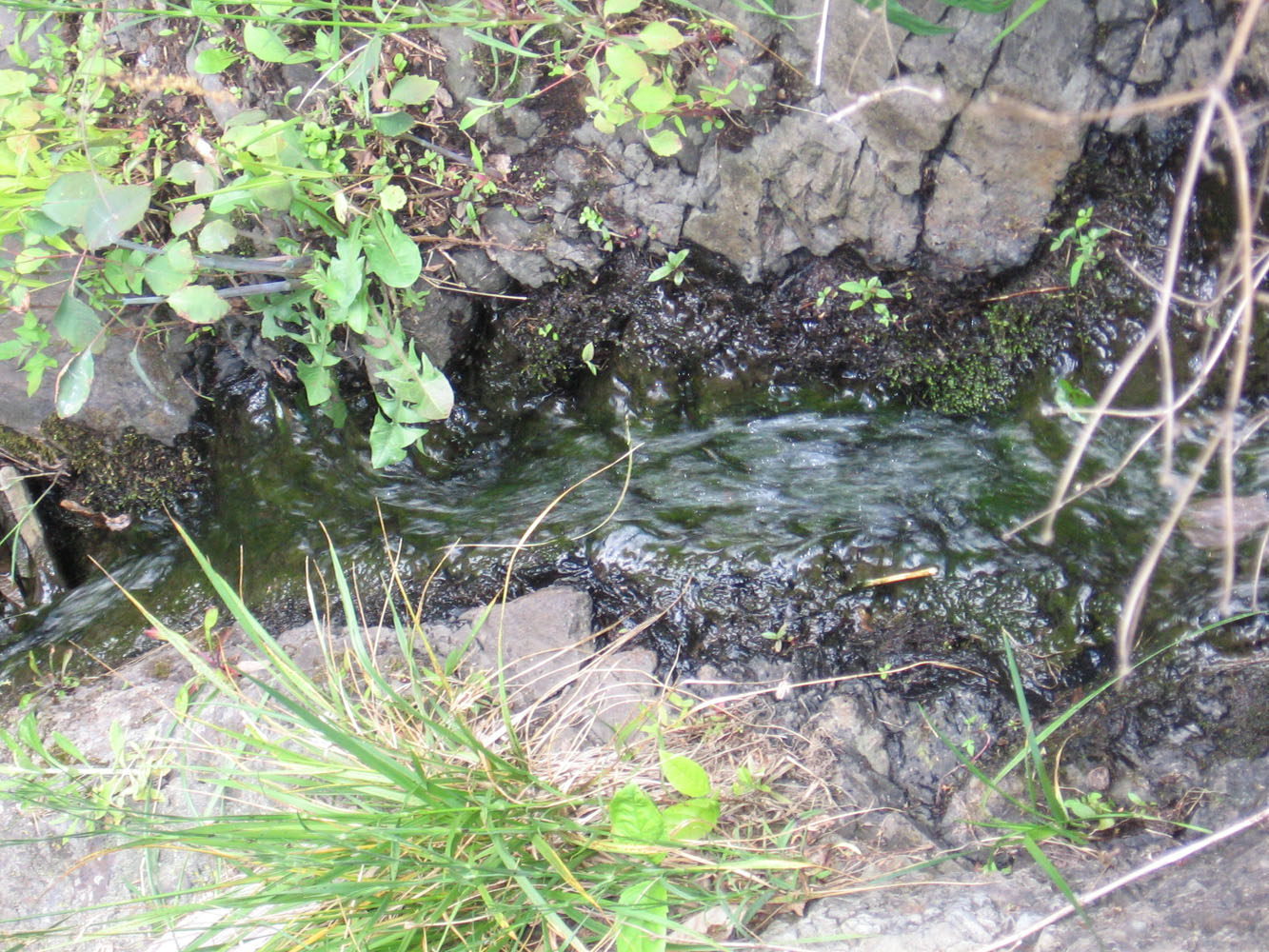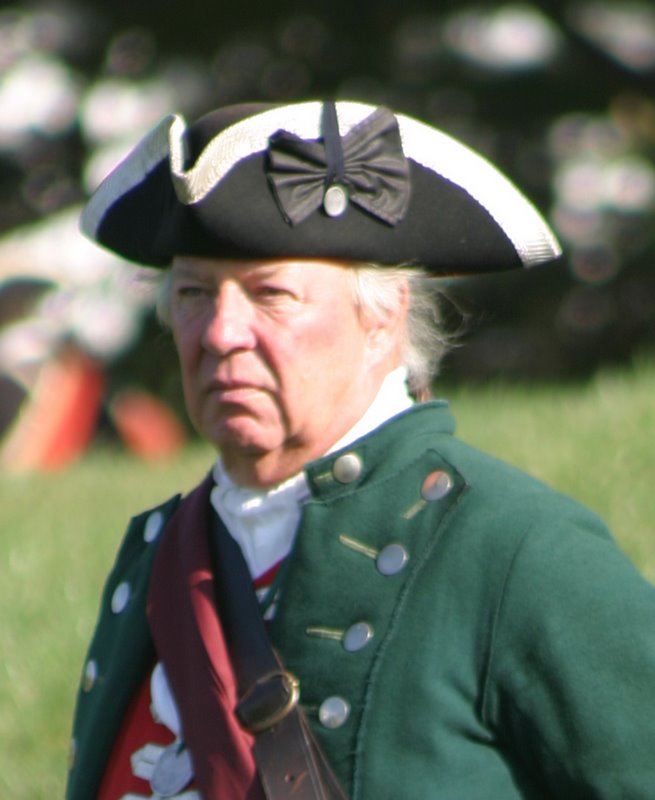Sunbury:
A History
A History
/SusquehannaRiver.jpg)

Audio Files
| Main Page |
| Time Line |
| History |
| Indian Trails and Shamokin (7000 BC-1763 AD) |
| Fort Augusta (1756-1792) |
| Founding of Sunbury (1772-1830) |
| Railroad and Canal Era (1830-1912) |
| Contemporary (1912-present) |
| Maps |
| Indian Trails and Shamokin (7000 BC-1763 AD) |
| Fort Augusta (1756-1792) |
| Founding of Sunbury (1772-1830) |
| Railroad and Canal Era (1830-1912) |
| Contemporary (1912-present) |
| Special Topics |
| Related Links |
| Works Cited |
 |
In September of 1756, John Pattin, a bullock guard, was tending cattle outside of Fort Augusta when he decided to visit the nearby spring for a drink of water. |
||||||||
|
|||||||||
Back to Fort Augusta Map |
|||||||||
|
||||
|
The Bucknell Environmental Center ▪ 835 Fraternity Road ▪ Bucknell University ▪ Lewisburg ▪ PA 17837▪ (570) 577-1490




